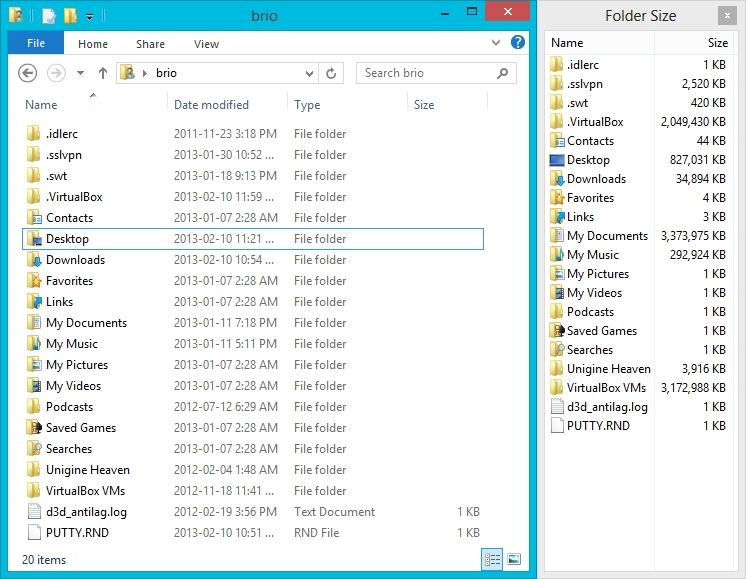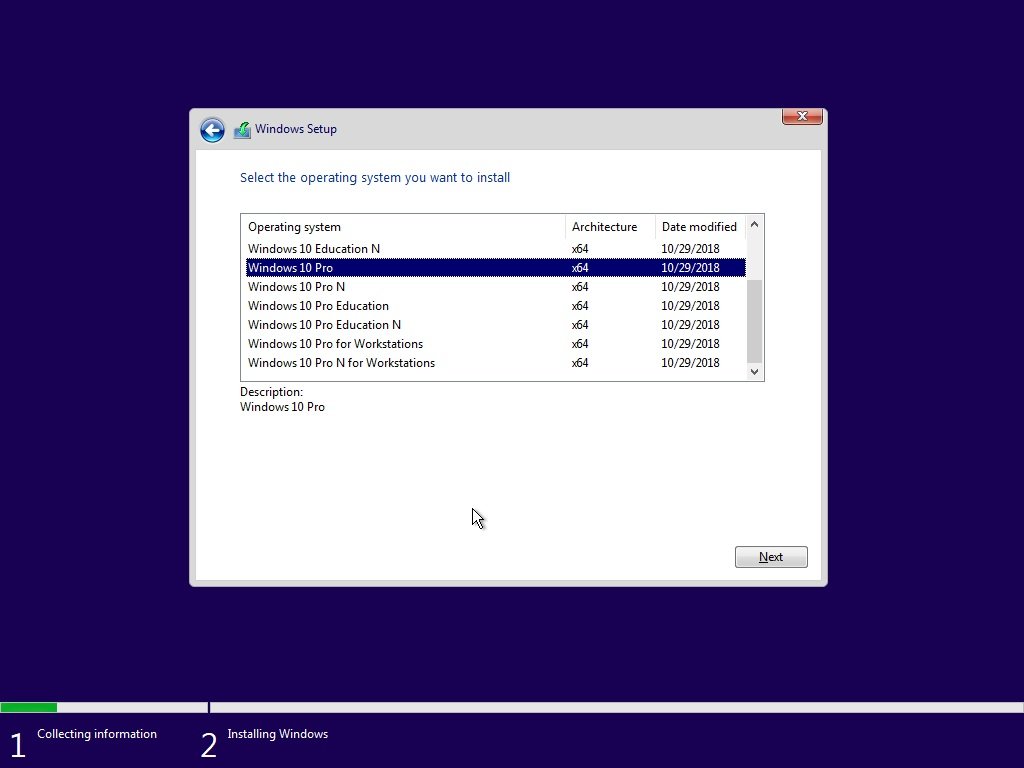In Windows, we can use dir command to get the file size. C: dir vlcplayer.exe Directory of C: 10:30 PM 20,364,702 vlcplayer.exe 1 File(s) 20,364,702 bytes 0 Dir(s) 86,917,496,832 bytes free. But there is no option/switch to print only the file size. Get size for all the files in a directory. Show and calculate file and folder size columns in either KB, MB, GB or TB in Windows Explorer. Show and calculate MD5, SHA-1, SHA-256 and SHA-512 checksum values for all files in Windows Explorer. Export and save Windows Explorer file and folder lists to a csv file.
(Last Updated On: April 26, 2019)
Show File Extensions
Have you ever wondered What does a file size mean and what does it signify? If yes, it’s great! If not, don’t worry after reading this post, you’ll definitely come to know about what is file size and the various units involved while defining it in general. In addition, you’ll get to see a data size chart and infographic displaying some interesting conversions in the form of KB, GB, MB, and TB.

What is File Size?
File size is a measurement of how much data your computer file contains. So, you can refer it as the storage it actually consumes.
Simply stated, file size is the length of the computer file. Every file consumes a certain amount of resources when it is stored or when it is sent or transferred on internet.
Hence, file size really matters. Therefore, it’s essential to checkout few important points. What size of a file actually means? What each unit is equivalent to in terms of bits and bytes?
Be ready to go through a cool File Size Infographic and learn about the following important file sizes:
- BIT
- BYTE
- KILOBYTE or KB
- MEGABYTE or MB
- GIGABYTE or GB
- TERABYTE or TB
Once you are done scrolling through the below infographic showing different file sizes, you are good to go. Know what they are equivalent to and easily guess which one takes greater space.
Remember, larger files are slow to download and consume much more storage. So, it is anyways advisable to compress your big files and reduce the storage space it consumes.
Data Size Chart: KB MB GB TB Chart
Here, we present for you the “File or Data size chart” or “Kb to MB to GB chart”, as it is simply called:
Now, you know that:
- 1 Bit = Single Binary Digit (1 or 0)
- 1 Byte = 8 Bits
- 1 Kilobyte or 1 KB = 1024 Bytes
- 1 Megabyte or 1 MB = 1024 Kilobytes (KB)
- 1 Gigabyte or 1 GB = 1024 Megabyte (MB)
- 1 Terabyte or 1 TB = 1024 Gigabytes (GB)
The next time you wish to convert from one unit to another, just remember these data converter basics.
How can you check File size?
We have been talking a lot on file size in this post. But, how can you check the size of a file? This question remains to be answered.
Let’s check this out…
In windows, when you right click on any file or folder or drive, select “Properties” option. Then, you can easily view the size of your file. It shall be in Bytes, Kilobytes(KB), Megabytes(MB) and so on.
So, if you are aware of the file size, you can work upon to convert it to a smaller one taking less storage space. A file size that is not only easy to transfer, but also convenient for the one whom you are planning to send that file.

Windows 10 Show File Size In Mb 2016
Above all, an optimal file size will probably help to save the recipient’s time as well as will take lesser storage space.

Therefore, don’t forget to maintain your file sizes in a tidy and minimalist way. And, make the best use of all the resources that you presently have.

Windows 10 Show File Size In Mb Kb
Now, that you have gathered useful information through our easy to understand “data size chart”. Can you use this file size converter to make your own calculations? Of course, it’s much more simpler to convert KB to MB to GB to TB now. Right! Feel free to share your opinions in the comment section below!